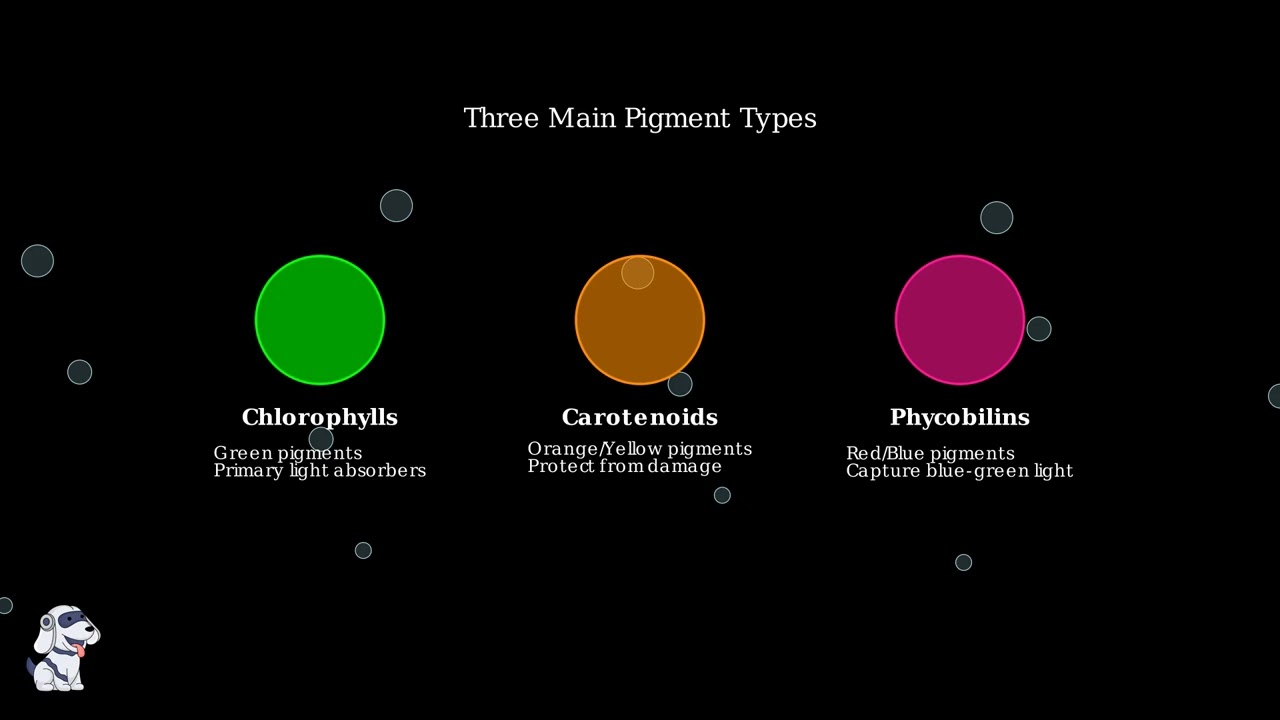Sourav Pan
Transcript
Welcome to our exploration of the skin microbiome.
The skin microbiome is defined as a stable community of microorganisms living on human body surfaces without causing harm under normal conditions.
These microbes include bacteria, fungi, and other microorganisms that have evolved to live in harmony with humans.
To understand the skin microbiome, let’s look at the structure of our skin.
The microbiome primarily resides on the epidermis — the outermost layer of skin. These microorganisms form a diverse ecosystem on our skin surface.
It’s important to emphasize that the skin microbiome is a natural and beneficial ecosystem rather than something to be eliminated.
To summarize, the skin microbiome is a diverse community of microorganisms that lives in harmony with our skin, providing important benefits as a natural part of human biology.
Now that we understand what the skin microbiome is, we can explore its ecological functions in more detail.
The skin microbiome serves four essential ecological functions that help maintain skin health.
These include occupying ecological niches, competitive inhibition, producing antimicrobial molecules, and maintaining immune balance.
The first critical function is occupying ecological niches. Beneficial microbes colonize the skin surface, preventing harmful pathogens from finding space to attach.
Like filling all available seats at a table, beneficial microbes leave no space for harmful pathogens to settle.
The second function is competitive inhibition. Beneficial microbes compete with harmful ones for essential resources like nutrients, water, and oxygen.
By consuming available resources, beneficial microbes effectively starve potential pathogens, making it difficult for them to survive and multiply.
The third function is the production of antimicrobial molecules. Many beneficial skin microbes naturally produce substances that directly inhibit or kill potential pathogens.
These natural antibiotics include bacteriocins, fatty acids, and antimicrobial peptides. They form a chemical shield that helps protect the skin from harmful invaders.
The fourth function is maintaining immune balance. The skin microbiome actively communicates with our immune system.
Beneficial microbes signal to immune cells, helping train the immune system to distinguish between harmful invaders and normal skin residents.
This communication helps maintain a balanced immune response, preventing excessive inflammation while still protecting against genuine threats.
To summarize, the skin microbiome performs four critical ecological functions: occupying niches to prevent pathogen attachment, competing with harmful microbes for resources, producing protective antimicrobial molecules, and maintaining balanced immune responses.
Gram-negative bacteria represent a specialized group within the skin microbiome, primarily found in moist areas of the body.
These bacteria have a distinctive structure with two cell membranes – an inner and outer membrane, with a thin peptidoglycan layer between them.
Unlike gram-positive bacteria that dominate most skin surfaces, gram-negative species prefer areas with higher humidity.
These moist areas include armpits, the groin region, and spaces between toes, where higher humidity and warmth create favorable conditions.
Common gram-negative species found in these areas include Enterobacter, Klebsiella, E. coli, and Proteus species.
Several environmental factors favor the growth of gram-negative bacteria in these specific skin regions.
It’s important to understand that while these same bacterial species can cause infections in other body systems, they are normal residents of moist skin areas.
In a healthy skin ecosystem, these gram-negative bacteria exist in balance with other microorganisms, contributing to the overall diversity of the skin microbiome.
Fungi comprise a smaller but crucial component of the skin’s microbial ecosystem. Though less numerous than bacteria, they play important roles in skin health and homeostasis.
The major fungal genera found on human skin include Candida, Malassezia, Epidermophyton, and Aspergillus. Each has distinct characteristics and ecological niches.
Let’s focus on Malassezia species, which are the dominant fungi on oily areas of the skin including the scalp, face, and upper body.
Malassezia are lipophilic fungi, meaning they rely on skin oils called sebum for nutrition. These oils are produced by sebaceous glands in the skin.
As sebum is secreted onto the skin surface, Malassezia fungi metabolize specific components of these oils, particularly fatty acids.
When the balance of fungi on the skin is disrupted, various skin conditions can develop. Let’s compare a balanced microbiome with fungal overgrowth.
In a balanced microbiome, fungi like Malassezia coexist with bacteria and other microorganisms in appropriate proportions.
In contrast, fungal overgrowth occurs when conditions favor excessive proliferation of fungi, disrupting the microbial balance.
This imbalance can lead to various skin conditions. Dandruff and seborrheic dermatitis are commonly associated with Malassezia overgrowth, while tinea infections are caused by dermatophytes like Epidermophyton.
The skin microbiome constantly interacts with our immune system, creating a sophisticated relationship that’s crucial for our health.
Dendritic cells in the skin constantly sample the microbiome, collecting molecular information from resident microorganisms.
These dendritic cells then communicate with T-cells and B-cells, training them to recognize the difference between harmful pathogens and beneficial resident microbes.
This constant dialogue helps maintain immune tolerance to beneficial microbes while still allowing for rapid response to true pathogens.
This relationship between the skin microbiome and our immune system begins at birth and continues to develop throughout our lives.
At birth, initial microbial colonization begins. Through infancy, the immune system calibrates its responses. Childhood brings increasing microbial diversity, adolescence adds hormonal influences, and by adulthood, a stable relationship is established.
This lifelong dialogue between our skin microbiome and immune system is essential for maintaining skin health and protecting against infections.
Disruption and dysbiosis occur when the delicate balance of the skin microbiome is disturbed.
Several factors can disrupt the natural balance of our skin microbiome. These include excessive cleanliness, harsh soaps, antibiotic use, environmental factors, damage to the skin barrier, and even stress.
When dysbiosis occurs, various skin conditions can develop. Acne often results from an overgrowth of Propionibacterium acnes bacteria. Eczema is associated with reduced microbial diversity and Staphylococcus aureus overgrowth. Fungal infections involve Malassezia yeasts, while rosacea may involve both Demodex mites and bacterial imbalances.
Rather than trying to eliminate all microbes, the key to skin health is maintaining a proper balance. Complete elimination of microbes is neither possible nor desirable. Beneficial bacteria help control potential pathogens, and the goal should be to maintain a diverse and balanced microbiome.
Here are some practical tips for maintaining a healthy skin microbiome. First, use gentle, pH-balanced cleansers instead of harsh soaps that strip away beneficial microbes. Limit antibiotic use to when medically necessary, as antibiotics kill both good and bad bacteria. Support your skin barrier with moisturizers to prevent dysbiosis. Consider probiotic products, both topical and oral, which may help restore microbial balance. And finally, avoid over-washing your skin, as excessive washing disrupts natural oils and beneficial microbes.
Remember, the key to skin health is not about eliminating microbes, but maintaining a diverse and balanced ecosystem that supports proper skin function. By understanding and nurturing your skin’s microbiome, you can help prevent dysbiosis and promote healthier skin.
Study Materials
No study materials available for this video.
Helpful: 0%
Related Videos










- Text Highlighting: Select any text in the post content to highlight it
- Text Annotation: Select text and add comments with annotations
- Comment Management: Edit or delete your own comments
- Highlight Management: Remove your own highlights
How to use: Simply select any text in the post content above, and you'll see annotation options. Login here or create an account to get started.